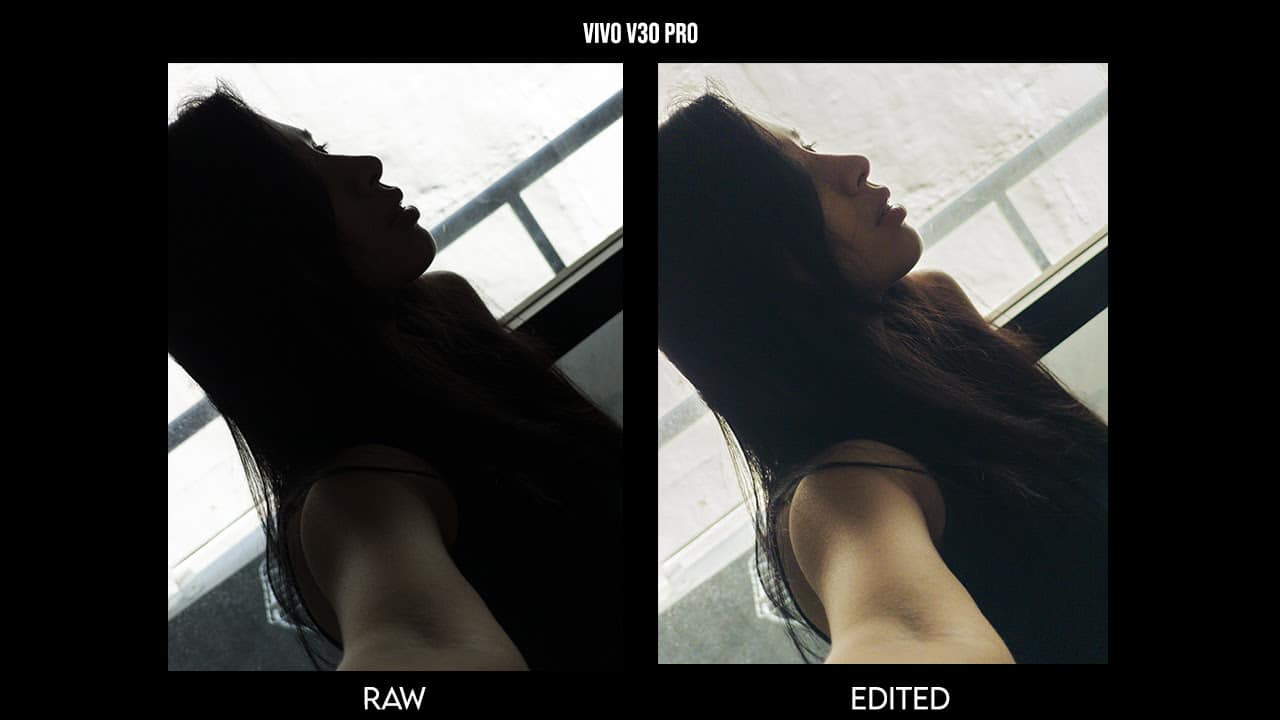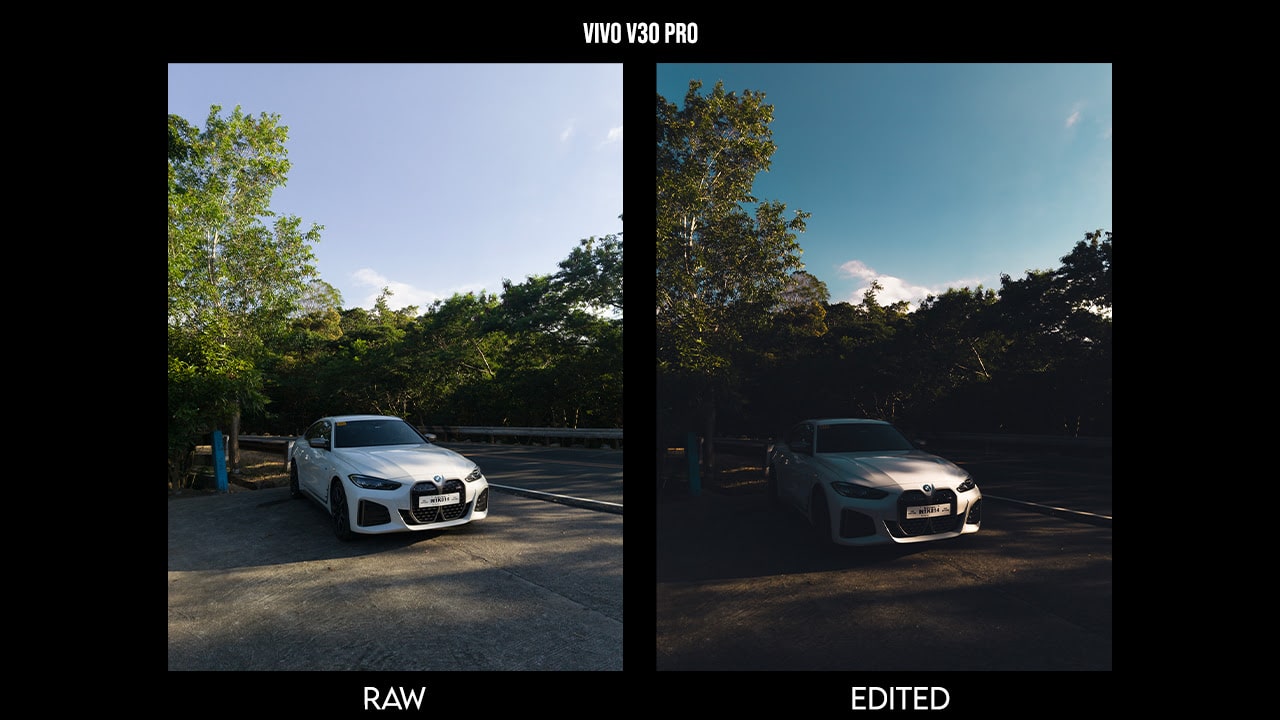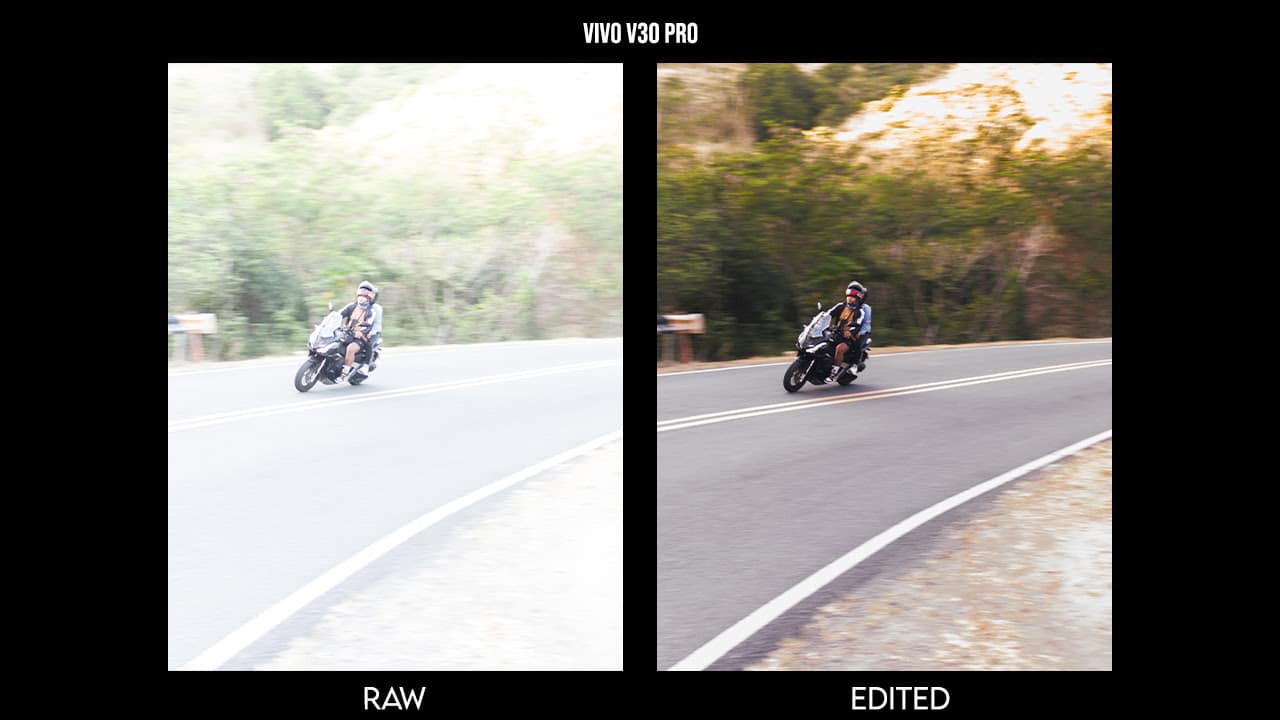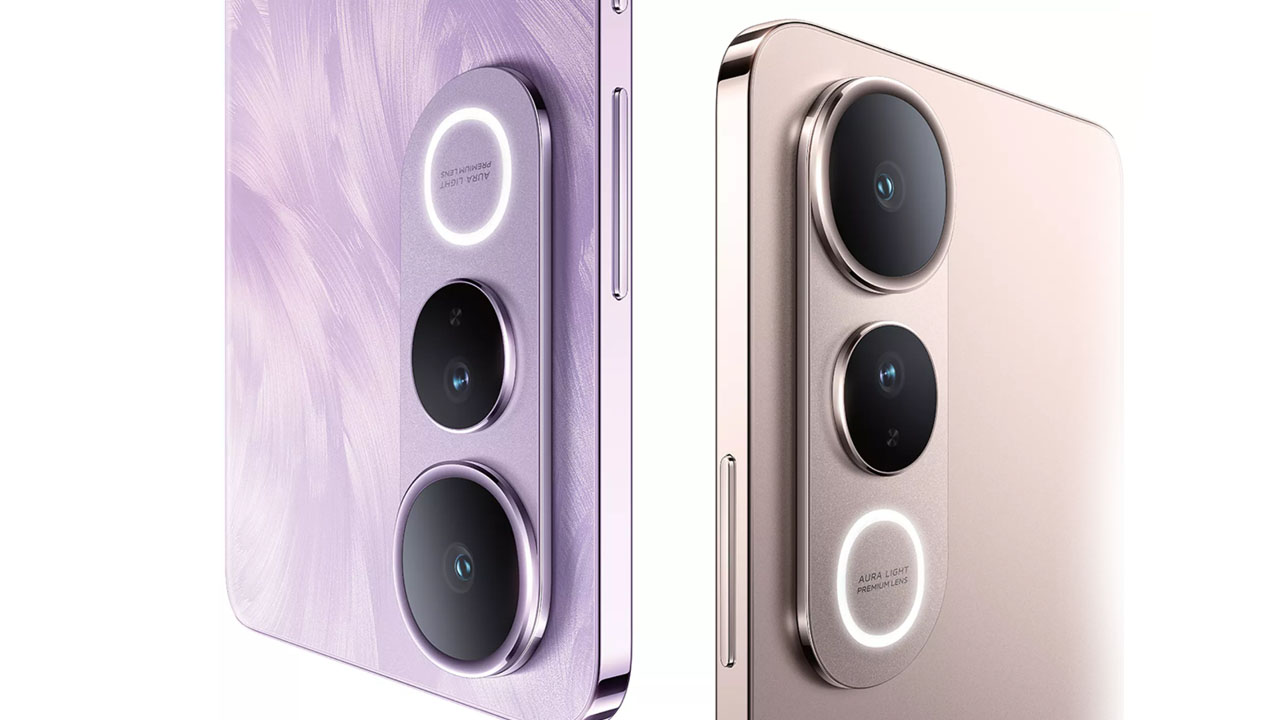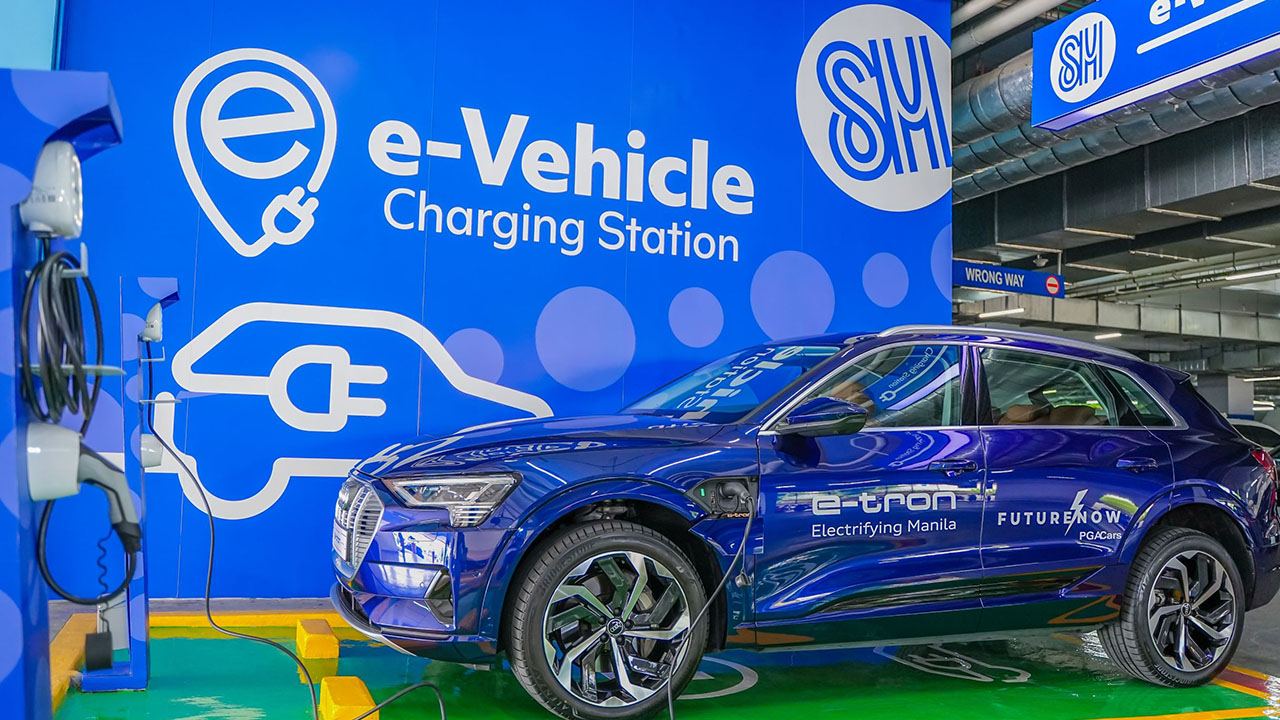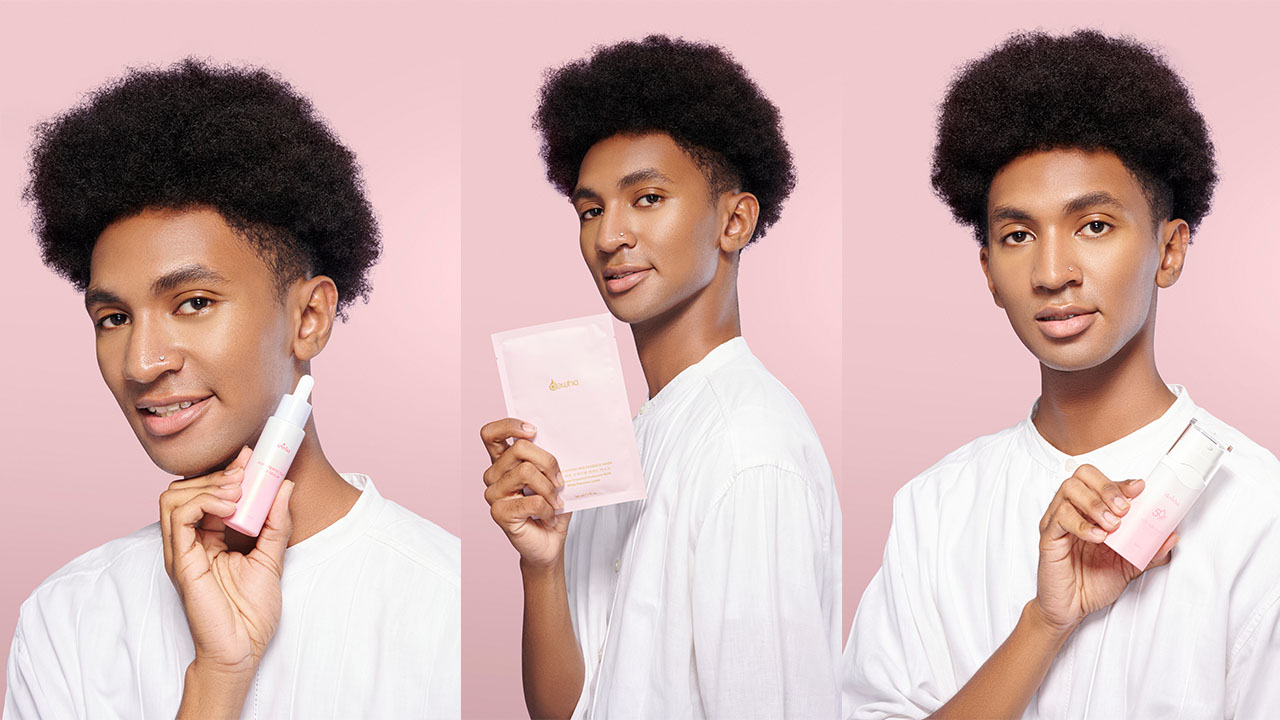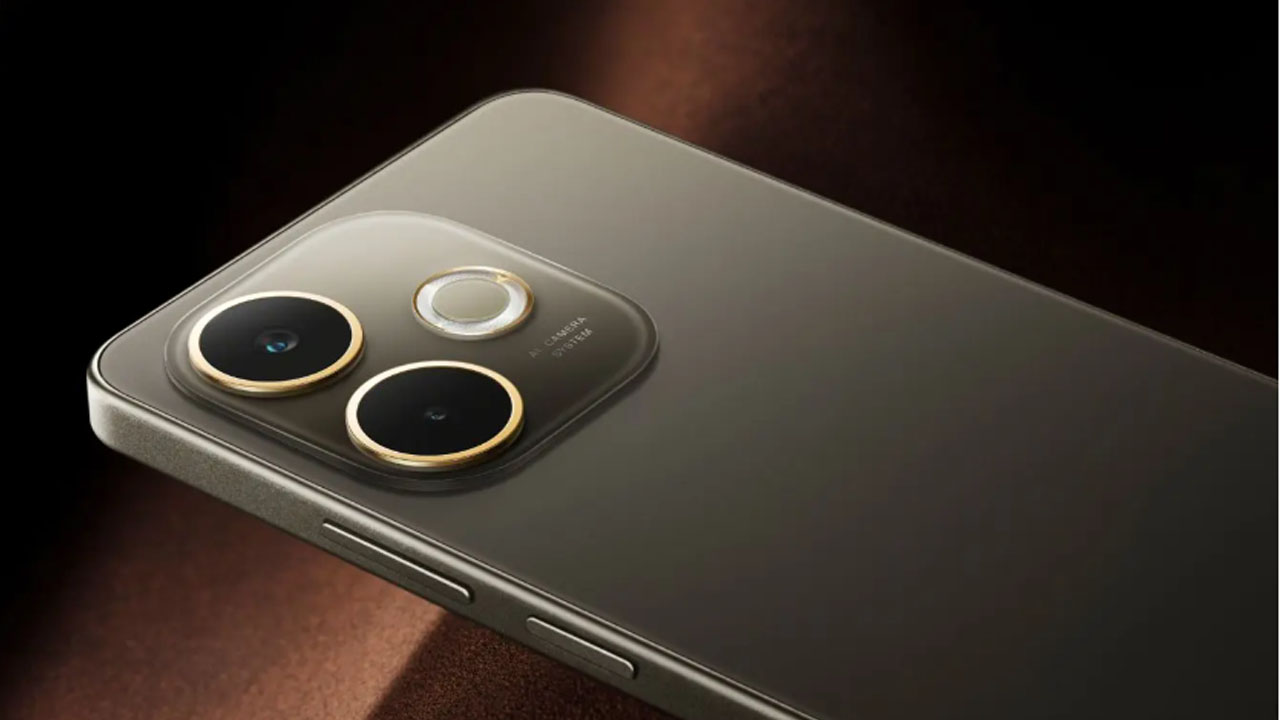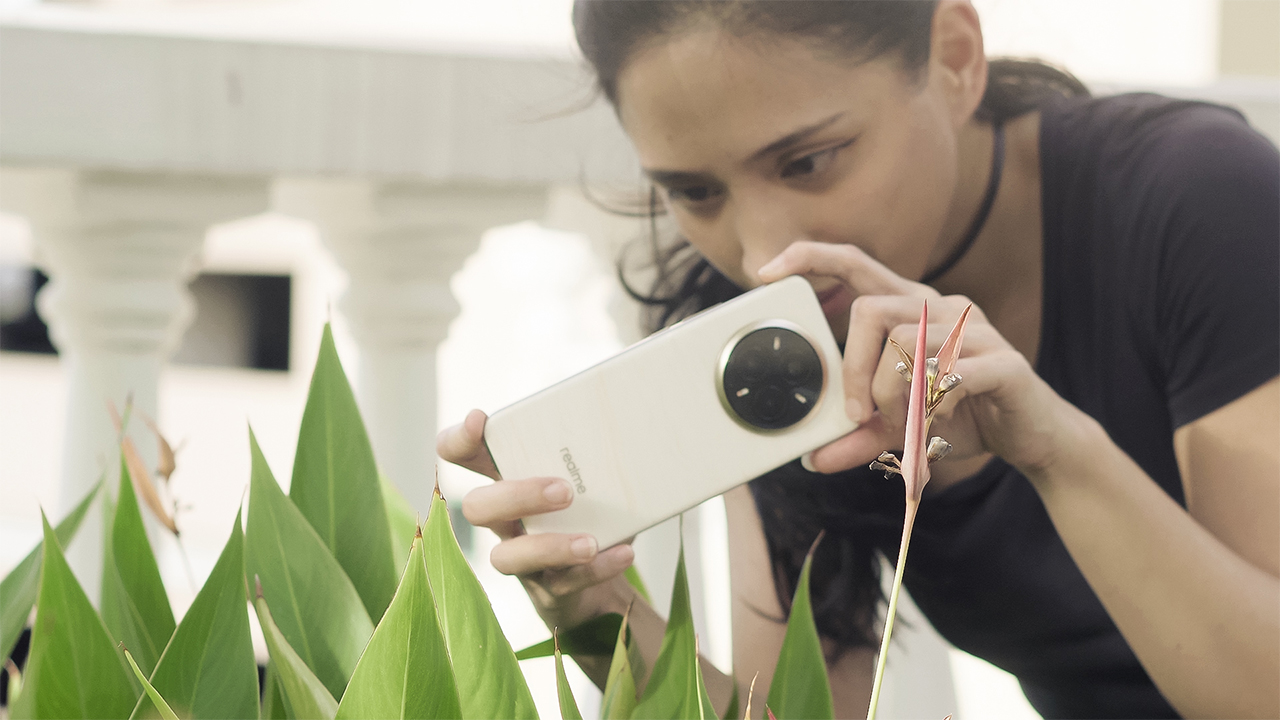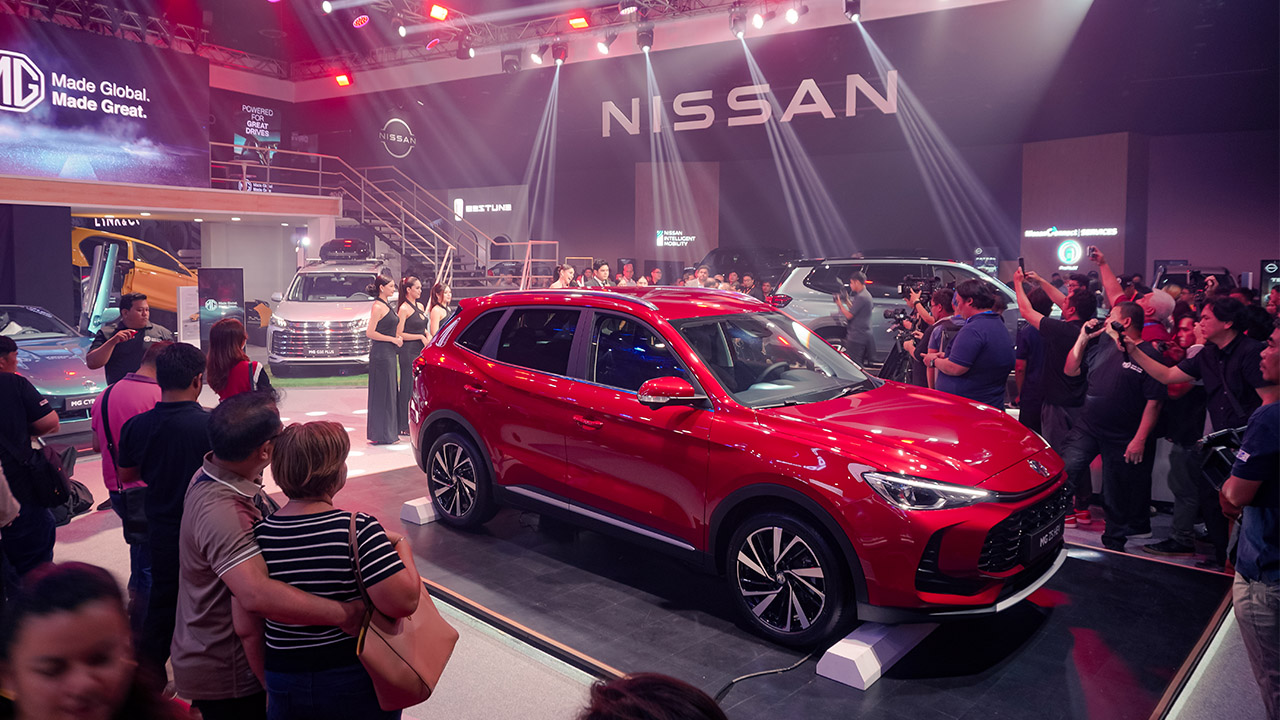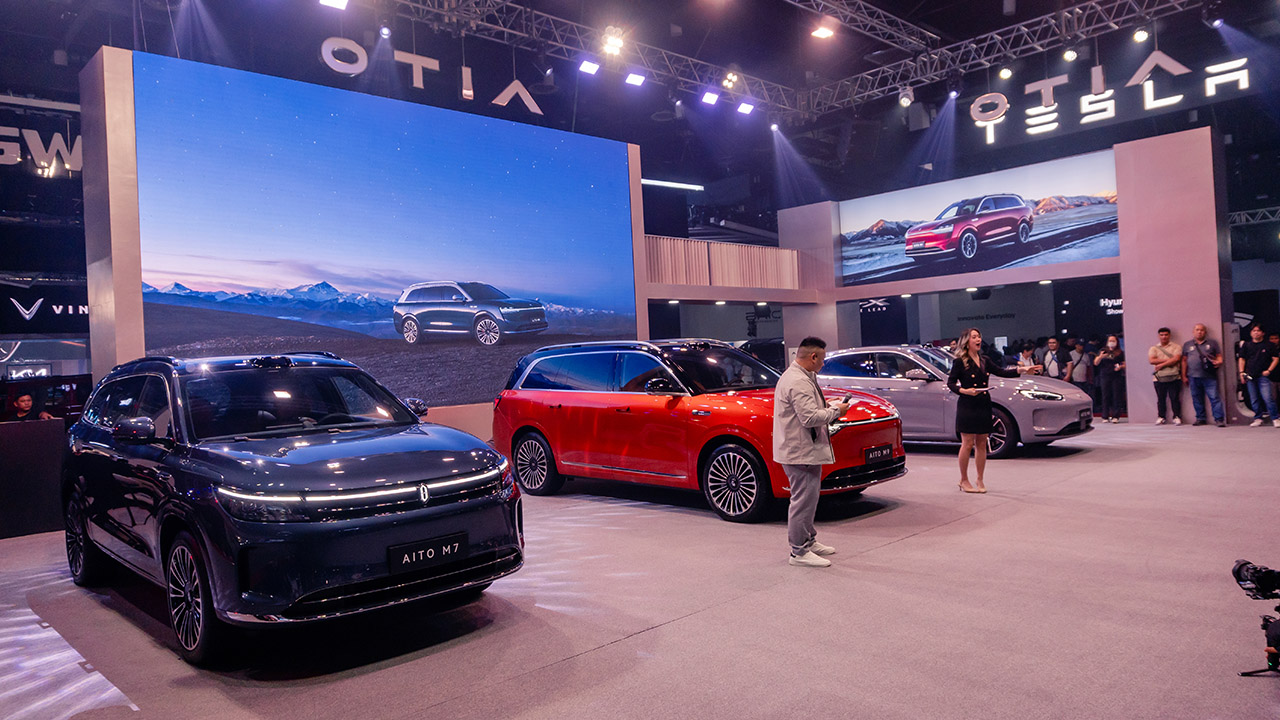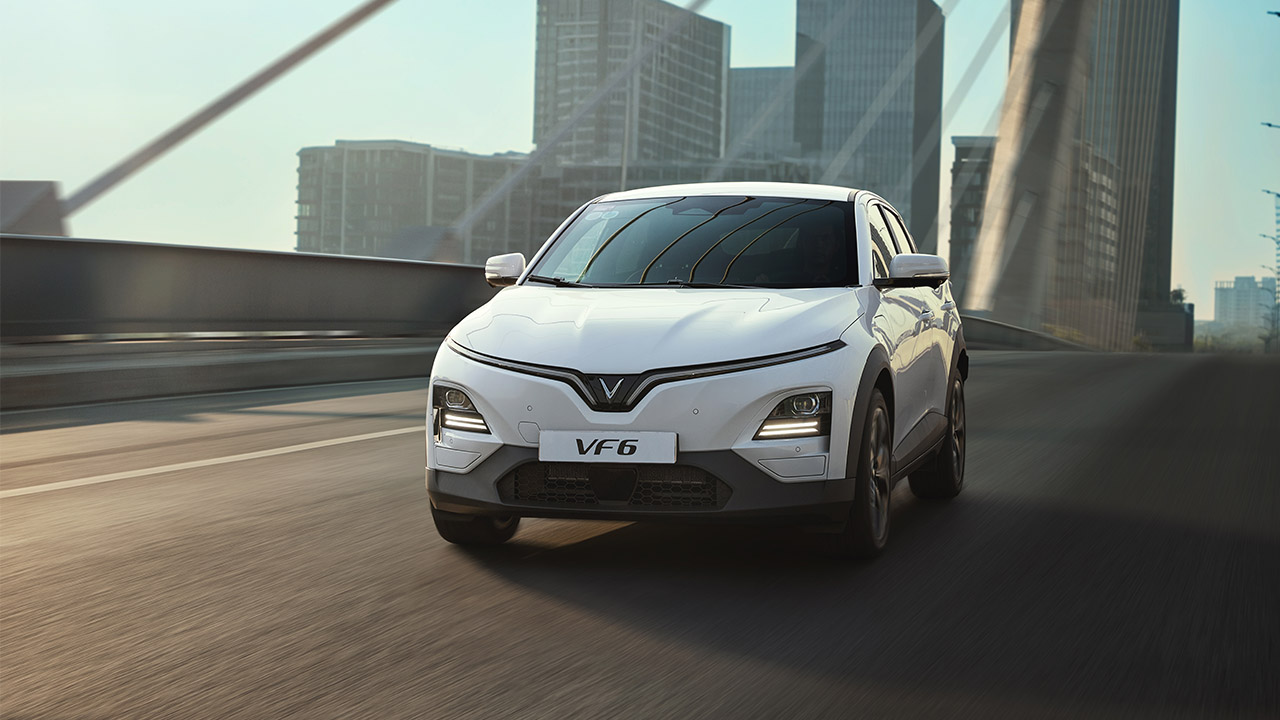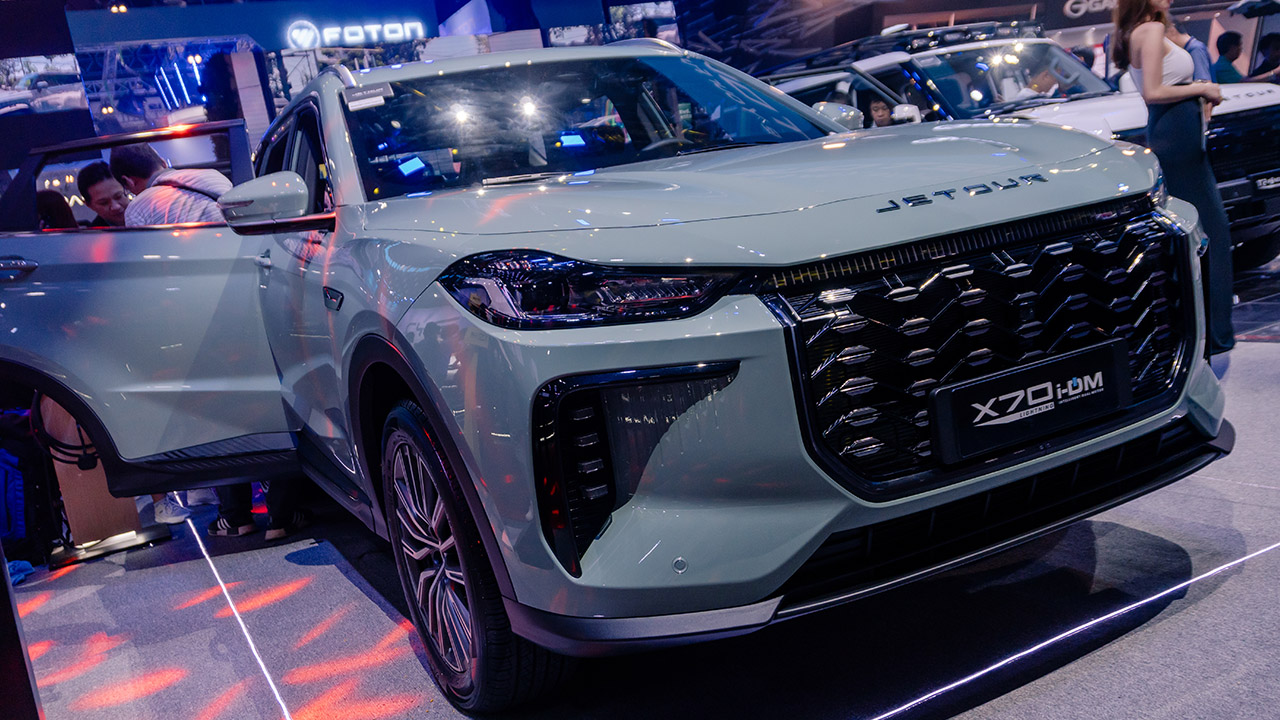Price and availability
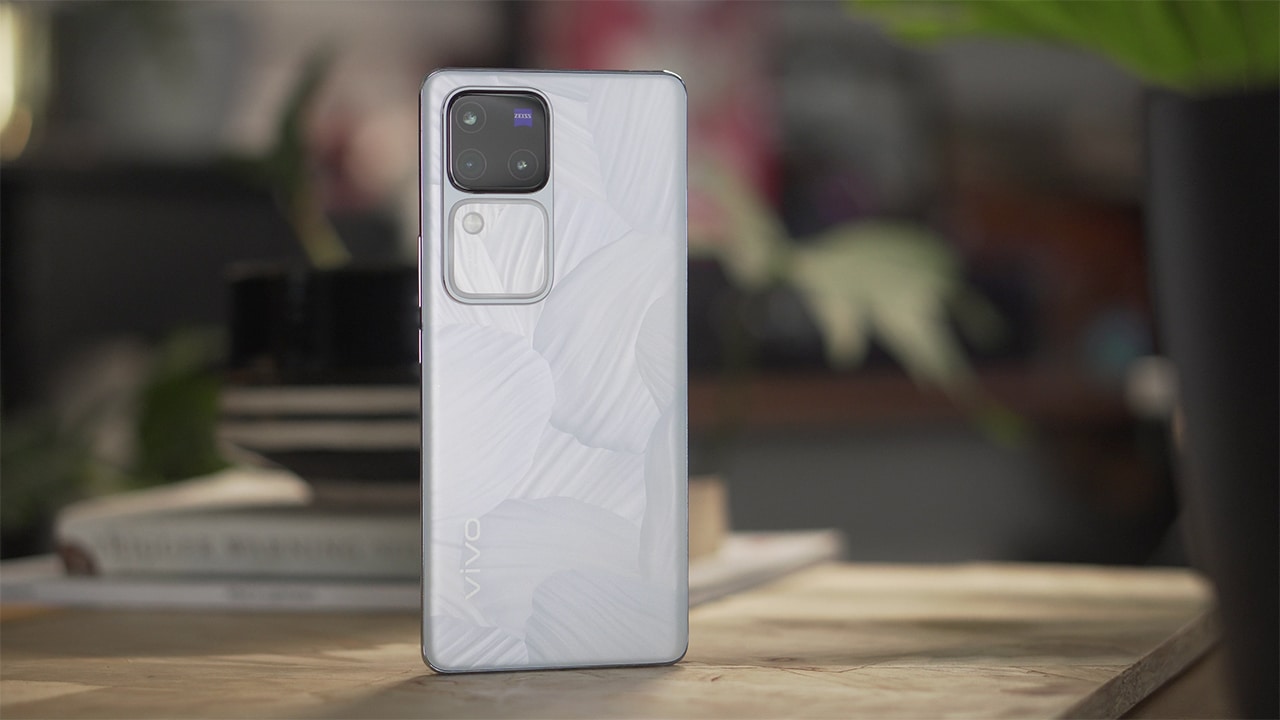
Getting this all out of the way first, the vivo V30 Pro is already available across international markets. In the Philippines, the vivo V30 Pro comes in a single configuration (12GB+512GB) and retails for PhP 34,999. The non-pro variant, on the other hand, comes in two configurations. The vivo V30 12GB+256GB is priced at PhP 24,999 while the higher storage variant (512GB) is priced at PhP 34,999
Spec check
The vivo V30 Pro touts quite an impressive setup with not one but three rear 50-megapixel shooters for its main, telephoto, and ultra-wide. The telephoto lens is also armed with 2x optical zoom, promising natural bokeh for portraits — a first in the V-series.
The differences lie in their sensors. We have a Sony IMX920 VCS True Color sensor for the main, Sony IMX816 for the portrait, and an ISOCELL JN1 for the ultra-wide and selfie shooters.
Oh, and in case you’re wondering, the vivo V30 Pro outs 12-megapixel photos once processed but there is an option to shoot in full resolution on all of its cameras.
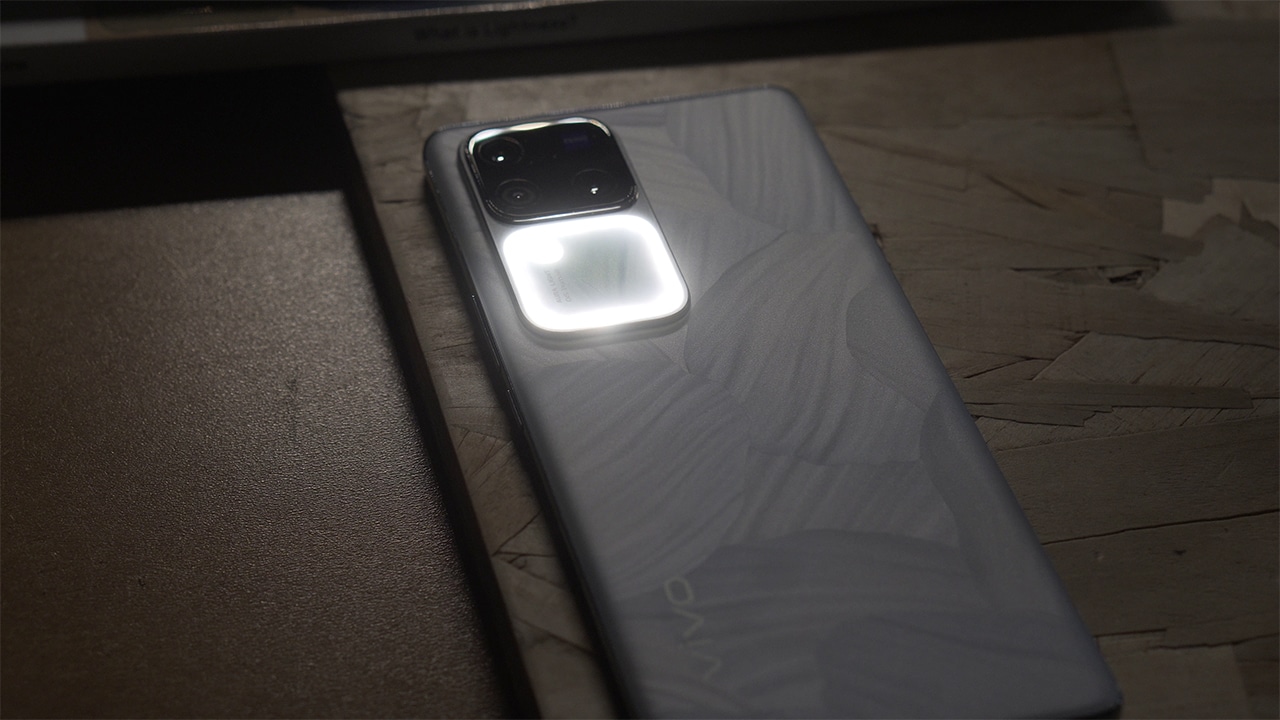
Encircling these lenses is the Aura Light 3.0 — a dual-temperature LED flash that’s supposedly 19 times larger and 50 times softer lighting than a standard flash. The front also boasts a 50-megapixel camera, and all of the V30 Pro’s cameras benefit from autofocus.
You’ve got the usual modes as well but vivo does offer more photography-centric features like bracketing, interval timer, astro mode, supermoon, and more. In Portrait Mode you can access Zeiss Style Portraits which simulate the bokeh effects of various Zeiss lenses.
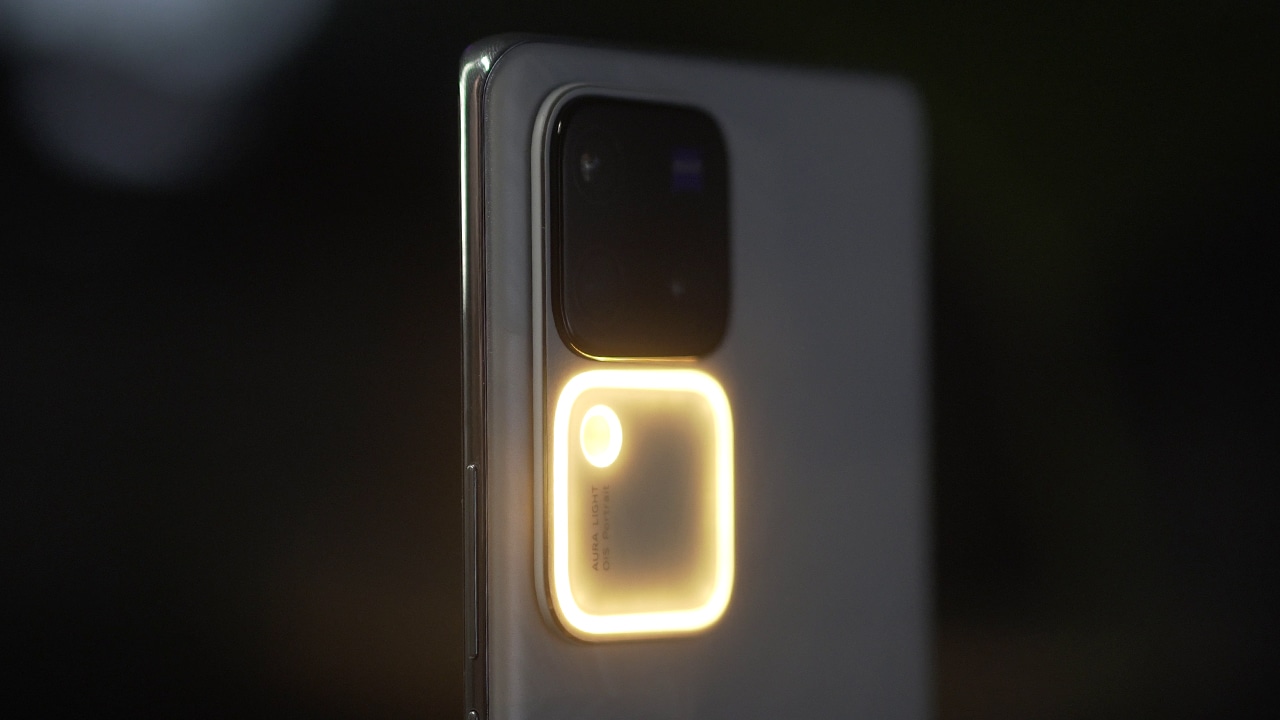
For video, recording at 4K/30FPS is available for all of its cameras. You can go further up to 4K/60 when using the wide and main cameras. Optical and Electronic image stabilization are available as well. The V30 Pro also offers cinematic mode which simulates depth of field though it does drop you down to 1080p – good enough for short-form content, at least.
vivo V30 Pro: Photos
The vivo V30 Pro’s cameras, overall, are very good; pushing photos and videos that are proportional to its price. There are some weaknesses which we’ll detail in a little bit but for the most part, photos come out clean, detailed, and sharp as you’d expect from a phone in this price range.
The main camera is ever-dependable for the everyday snap and even beyond that. Naturally induced bokeh is subtle but still visible, especially with proper subject/background distance.
The Zeiss color profile is more subdued and desaturated compared to other devices I’ve tried but that gives photos a certain quality or character, in my opinion. This is most evident with the main and telephoto cameras as they produce the best colors among all the cameras.

Speaking of, the telephoto camera offers you sharp photos up to 2x zoom and has a toggle up to 4x as well. However, it isn’t always clear at this focal range and requires a lot of light and less movement from both you and your subject. But on 2x, natural background blur is easy to achieve and can easily be used beyond portraits as well.
The focusing distance is rather far so you’ll need to be away from your subject a bit. This is true for shooting both in basic Photo mode and in Portrait mode.
And finally, the ultrawide. While also a 50-megapixel shooter, I’d have to say it’s the weakest among the three with photos coming out less detailed more often.
Distortion is evident if you try and notice but truthfully, most of the shots are still very much usable. It doubles as a macro shooter though, and with that, it was surprisingly good.
For all of its cameras, wide, telephoto, and ultra-wide, I did feel the dynamic range to be a little limited.
The V30 Pro generally had a hard time balancing high-contrast scenes, like shooting against a bright sky, which led me to shoot in RAW so I could process later on and bring back details.
Speaking of RAW, it isn’t automatically set when you enter Pro Mode so be sure to toggle it on. The vivo V30 Pro outputs RAW DNG files that save upwards of 20mb from what I’ve observed.
The V30 Pro’s photos take kindly to post-processing and it wasn’t hard to bring back the details. Noise and grain is a different issue since we don’t get native noise reduction but editing apps like Lightroom should be able to help you out.
Additionally, V30 Pro’s internal post-processing, or maybe vivo phones in general, prioritize brightening and highlighting faces above all else. With its limited dynamic range, shadows and highlights can come out looking unbalanced. And because of that, noise, grain, and other artifacts can show up even when there’s plenty of available light.
In low light, the V30 Pro does a pretty good job as well. In more extreme situations you will have to sit still for a second or two but with dual stabilization on board, it’s really not hard to get good night shots with this device.

One of its weaknesses is the obvious shift in quality and color when switching between lenses. This is true for both photo and video. There’s also noticeable grain when you’re in between focal lengths.
That being said, it’s best to stick to the pre-set toggles on the camera as these seem to be the most optimized both by the hardware and software.
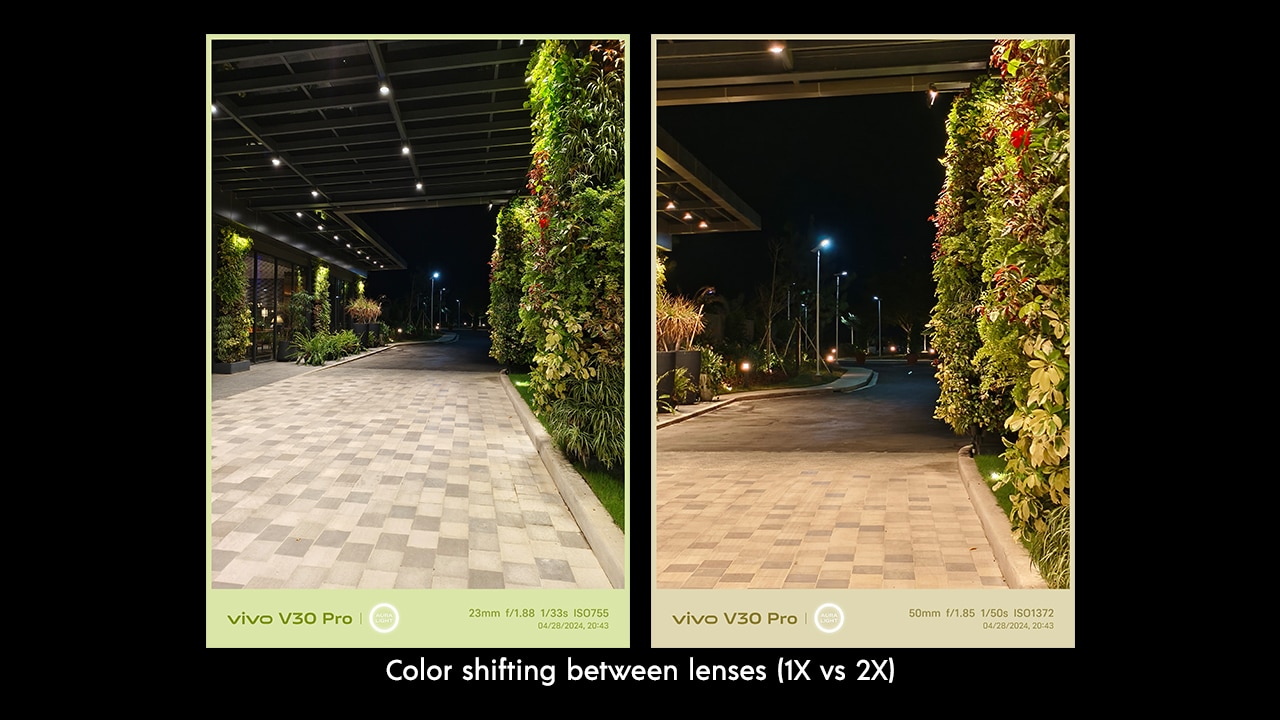
But overall, without really dissecting each lens and feature, the system is a competent one as a whole and should perform well in the hands of both casual and professional shooters.
Portraits and Aura Light
As I’ve said before, the trend these days is portraits. The Huawei P60 Pro, while not exclusively marketed for portraits, had a very capable and high-quality telephoto lens. Another example is the OPPO Reno11 Pro which comes with an in-sensor zoom for improved quality on longer focal ranges and a dedicated algorithm for portrait photography.
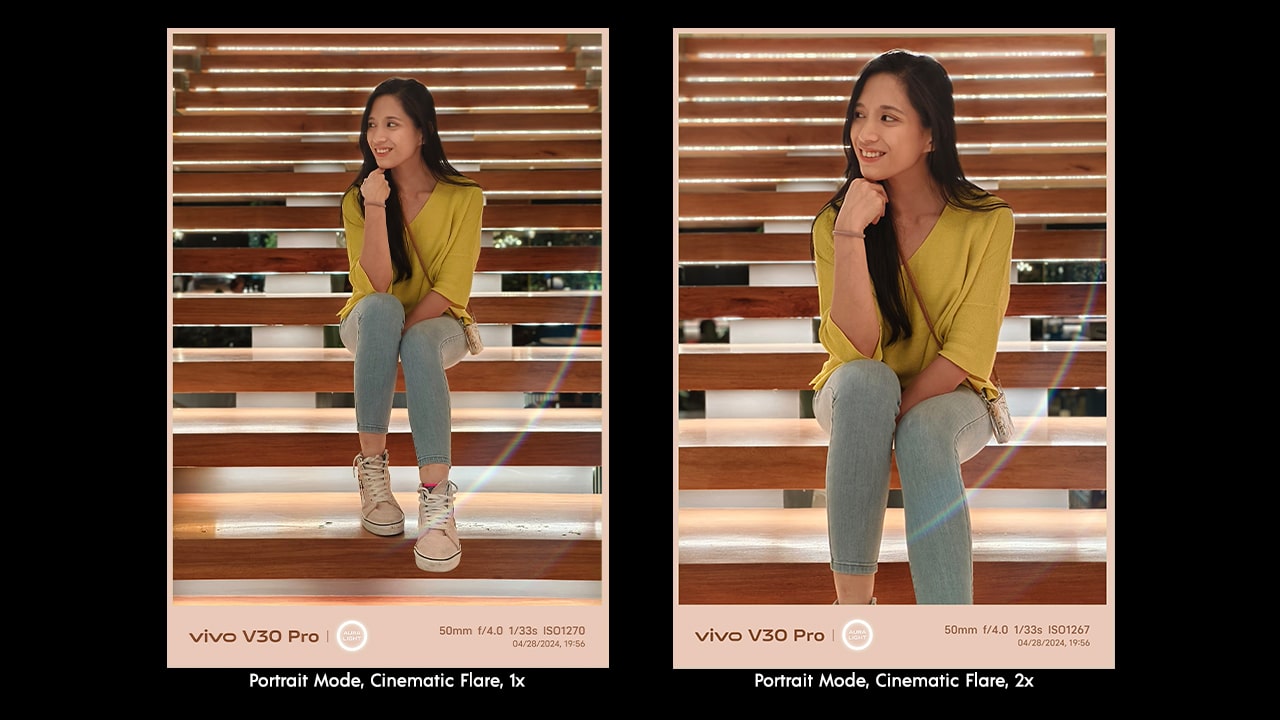
For vivo, it utilizes its partnership with optics company Zeiss to come up with Zeiss Style Portraits along with hardware improvements. There are 6 bokeh choices and the results can be quite gorgeous given you have the right background.

In truth, however, I had many attempts with the simulations and I found it needed a lot of light scatter in the background for you to get a clear-cut difference. On backgrounds that emit less shine or brightness, the differences can be hard to spot since the changes are more subtle.
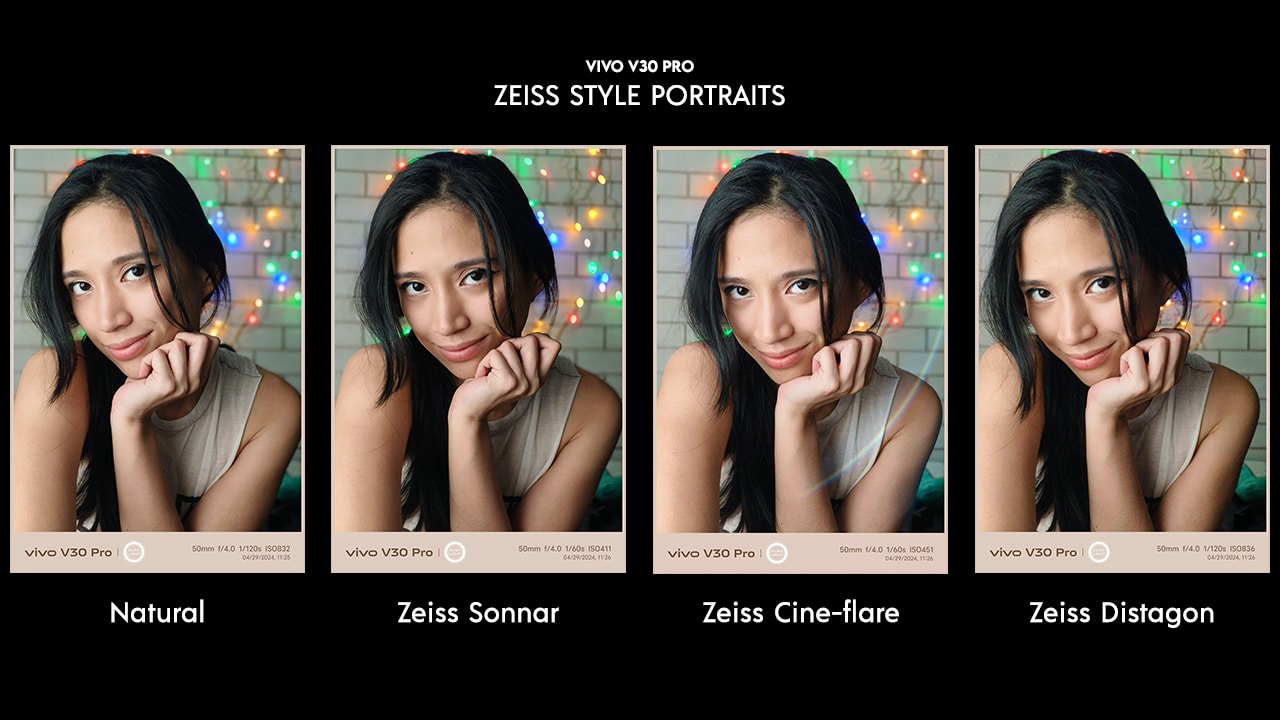
But when everything aligns, yes, the vivo V30 Pro does take good portrait shots; offering good skin tone reproduction and clean up and clean-enough cutouts for background blur.
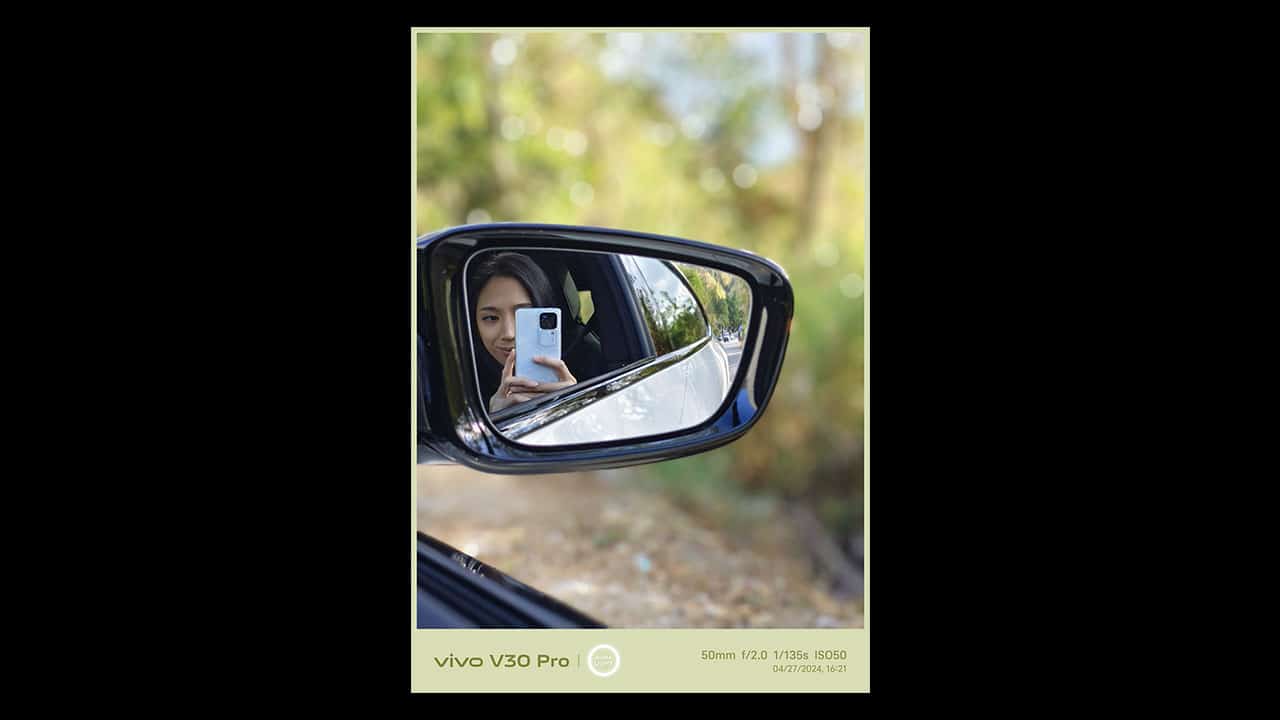 Zeiss Portrait Style: Natural
Zeiss Portrait Style: Natural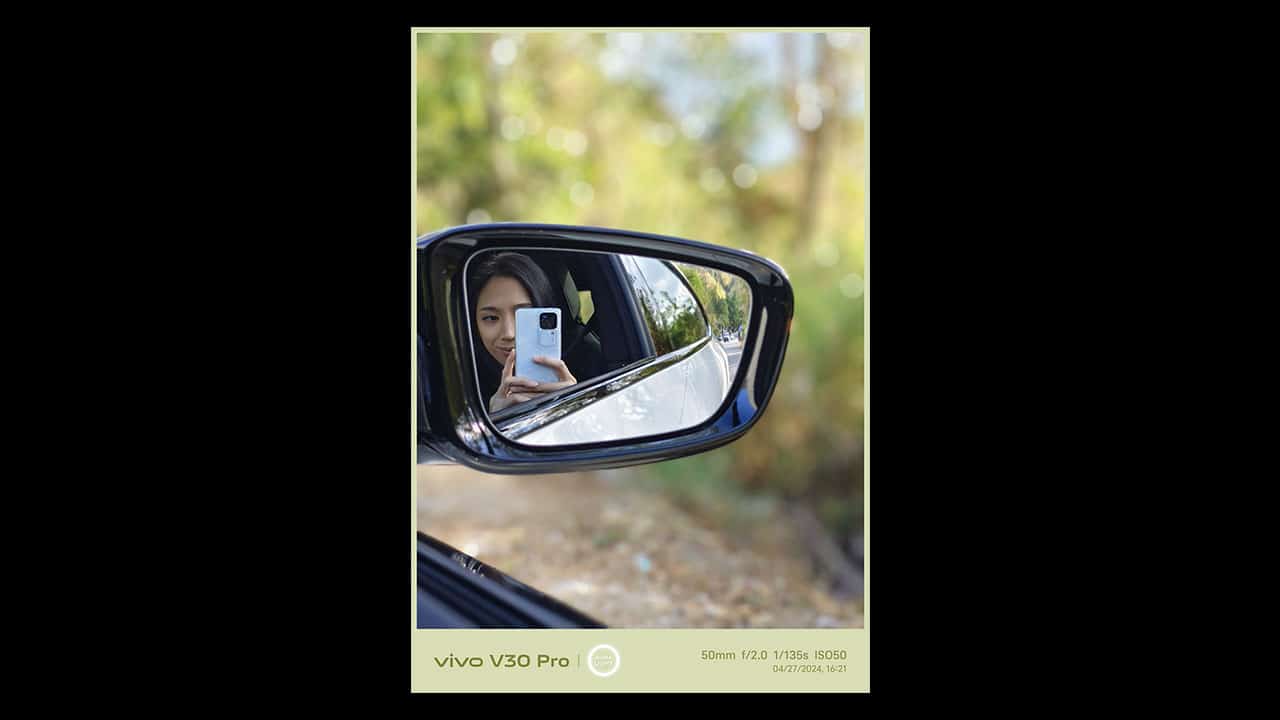 Zeiss Portrait Style: Sonar
Zeiss Portrait Style: Sonar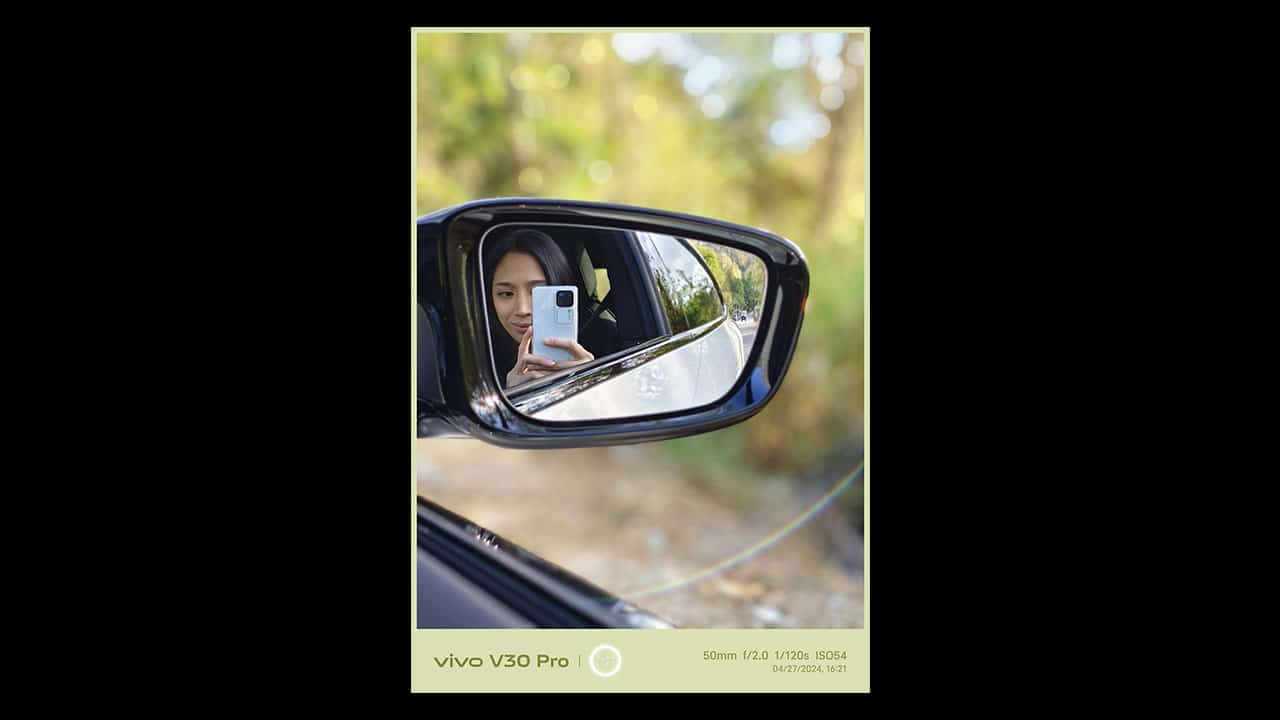 Zeiss Portrait Style: Cine Style
Zeiss Portrait Style: Cine Style Zeiss Portrait Style: Distagon
Zeiss Portrait Style: Distagon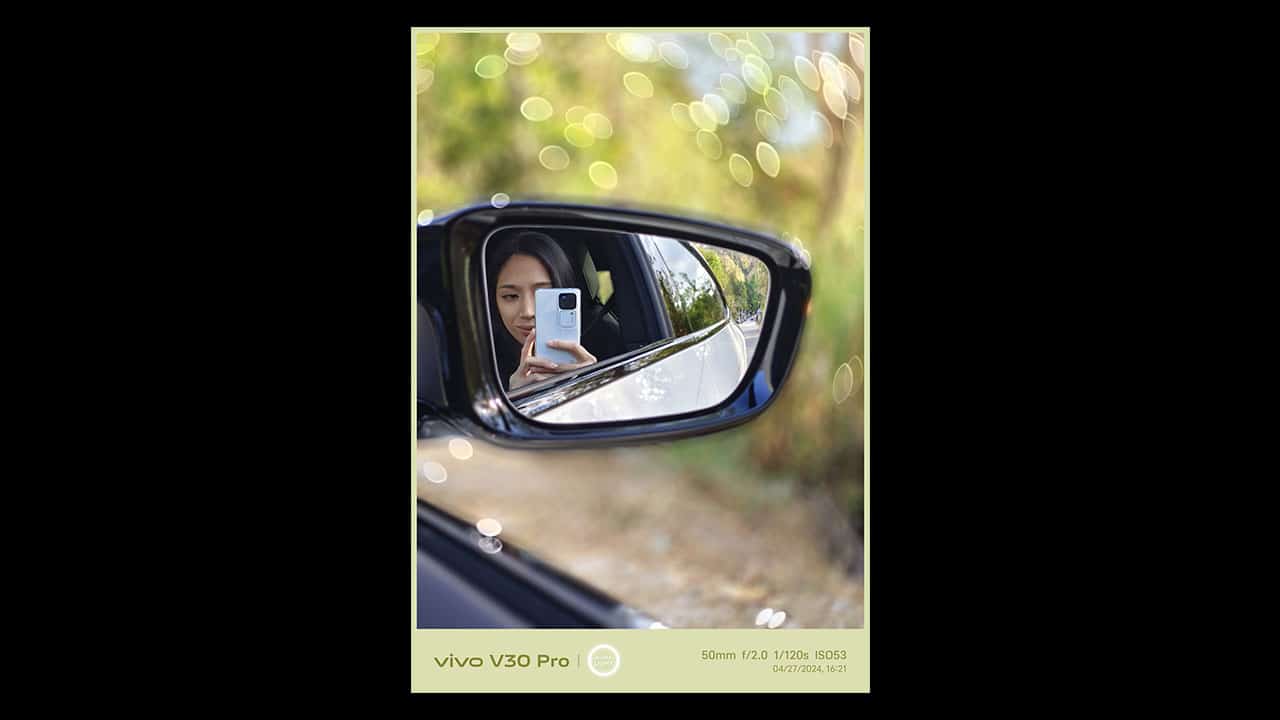 Zeiss Portrait Style: Planar
Zeiss Portrait Style: Planar Zeiss Portrait Style: Biotar
Zeiss Portrait Style: Biotar
When shooting in Portrait Mode, you can also adjust the level of bokeh and point of focus after you take the photo. This is useful because the default is usually set too low which makes the bokeh or blur look too artificial.
In my time with this device, I found the Portrait Mode doesn’t feel as refined compared to other devices I’ve tried and it took me a while to get it to work the way I wanted it to. It takes practice, basically, but after some face time with the device, it got easier to take pretty photos.
Now, vivo has always prioritized capturing faces and knows that light is needed for a good portrait. It took me a while to get here but yes we’re finally talking about the Aura Light 3.0.
READ: Telephoto cameras: what are they and why all the hype?
Apart from its triple 50-megapixel shooters, vivo also includes a huge dual-temperature LED flash to aid you in your mobile photography journey. And it’s a little bit smart, too.
Apart from lighting up your face, which it does effectively might I add, it can also sense the distance and colors within the scene and adjust to the best settings.

I found using the Aura Light can be tricky and does take practice. It can illuminate your face or whatever you are shooting, yes definitely, but is it flattering? Sometimes. Depending on how you use it.
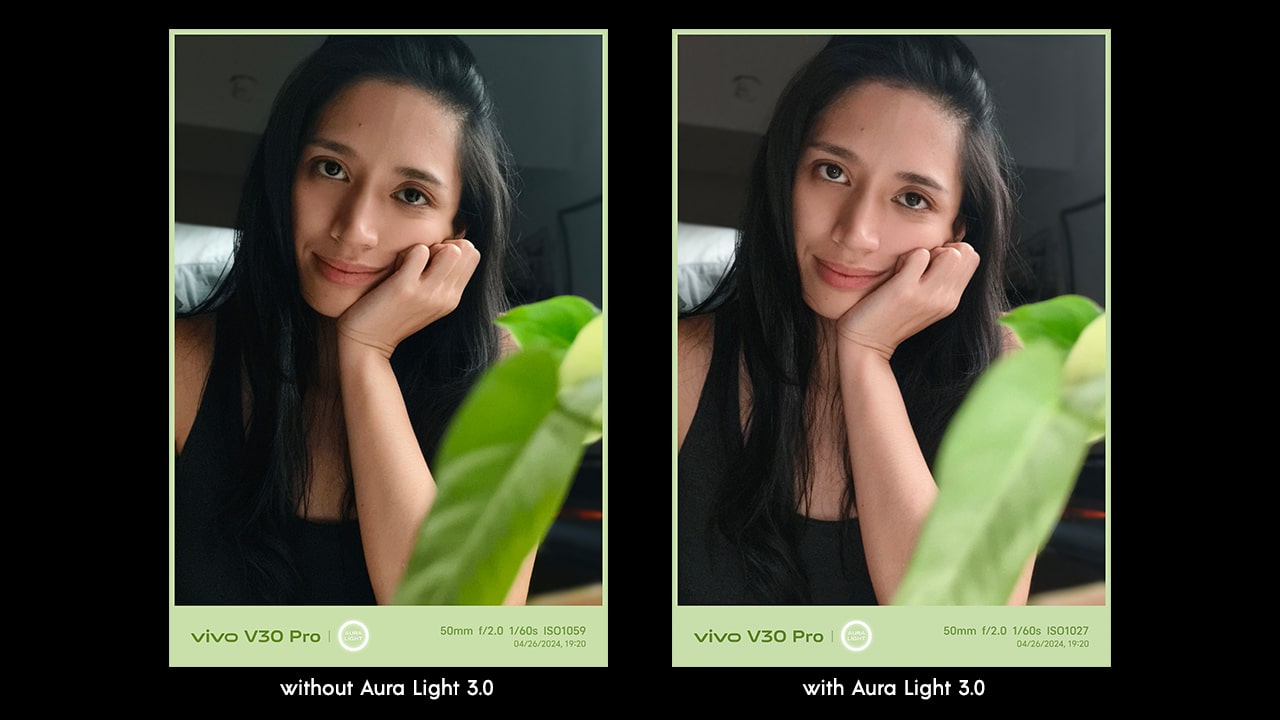
I found that to get the best illumination for your face, shooting from a distance is the key otherwise the light gets too harsh. And since it is an LED light, you can get a blue cast on your face when the light temp is at 4500k color temp.
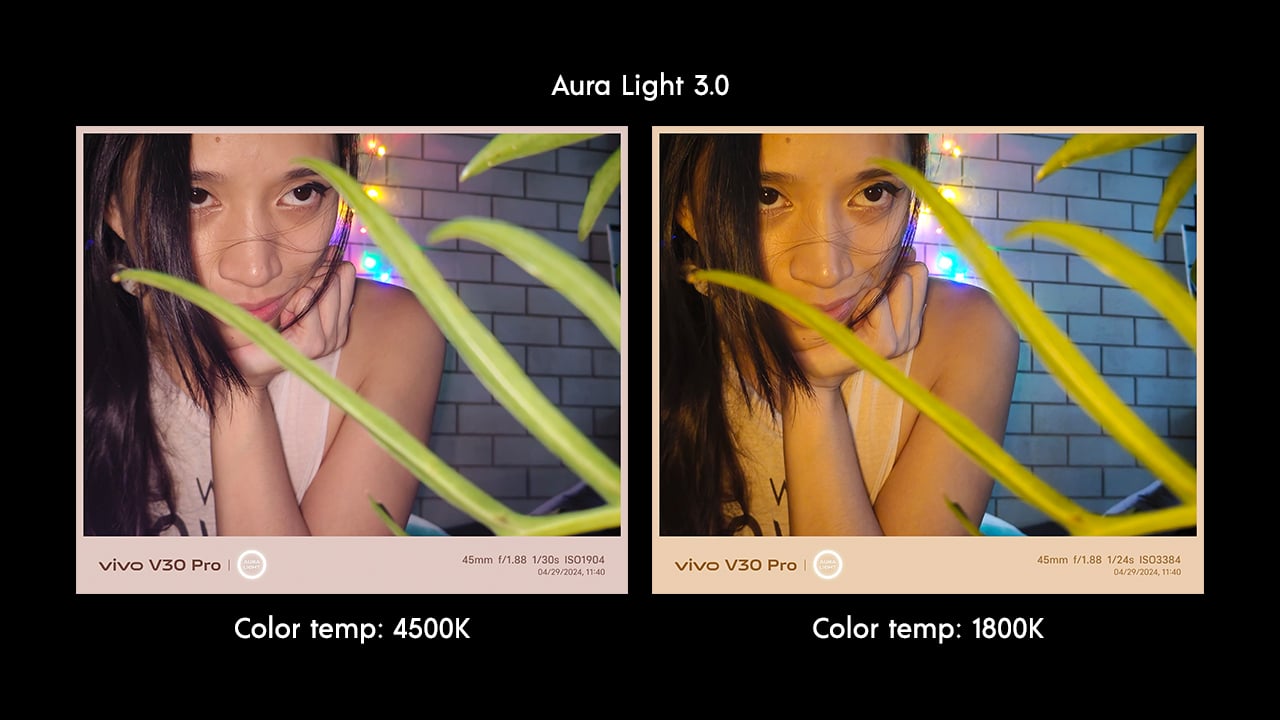
But use it right, and it comes out as a great fill light that can brighten those shadows that would otherwise be lost without the Aura Light.
And I know this isn’t at all photography-related, but it makes one heck of a flashlight.
Don’t forget that selfie shooter
Now before I switch over to video, let’s quickly talk about that front-facing camera.
A high megapixel shooter and something vivo is pretty good at, the front-facing camera outs sharp and clear photos. If you don’t feel the need to take Zeiss portrait shots, this camera is more than enough to take a selfie. Videos aren’t bad either and more IG story or TikTok-worthy


There were no real quirks with the front-facing camera and I was more than pleased to have a high-quality shooter that I could bust out anytime I wanted a selfie. It can do wide as well so group shots also aren’t an issue. Truthfully, it’s one of the best selfie shooters so far in this price range.
vivo V30 Pro: video
For video, I have to say I’m pretty pleased with the V30 Pro and among the phones I’ve tried recently, I think it’s one of my favorites. I didn’t spend too much time recording, though, but let me share my thoughts.
Stabilization is available up to 4K and is automatically enabled so you don’t really have to worry about shaky footage at all. It’s quite consistent in delivering stable footage in different lighting scenarios as well though a few shakes here and there are inevitable.
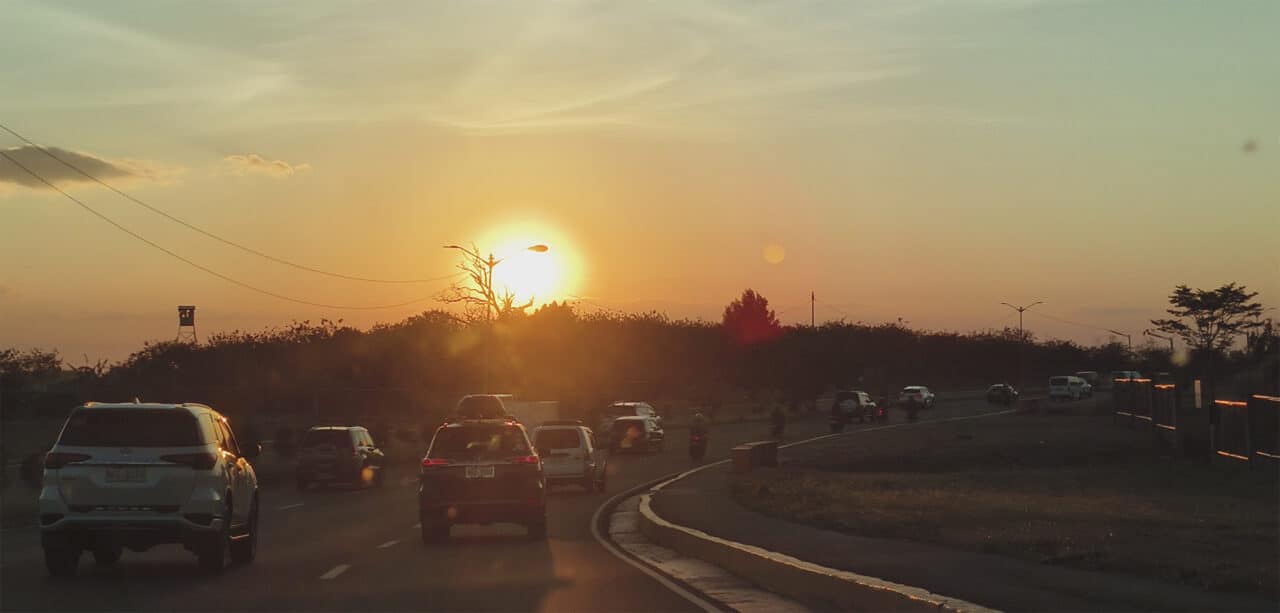
You also have two modes of stabilization available, Standard and Ultra, with the latter limited to 1080p resolution.
Something that I absolutely love that can only be found on vivo phones is the natural light flare it produces. Thanks to its Zeiss coating, we get a natural film-like flare that adds a bit of drama to your shots. It’s a detail that’s often missed or overlooked so I really appreciate this from vivo.
Final thoughts
I’ve already tried a couple of portrait phones and it’s really interesting to me that they all have their own thing or their own strengths.

With the vivo V30 Pro, it’s definitely in beauty portraits. Its 50-megapixel triple camera setup partnered with Aura Light is more than sufficient to take great photos, portrait or not, but partner that with vivo’s algorithm and post-processing, getting that flawless glam look isn’t hard to achieve with its main or telephoto camera.
Or it’s as simple as a great phone for taking photos in low light.
On the technical side of things, it would probably be hard to find a device that would match the specs of this device exactly but performance-wise you do have a few alternatives.
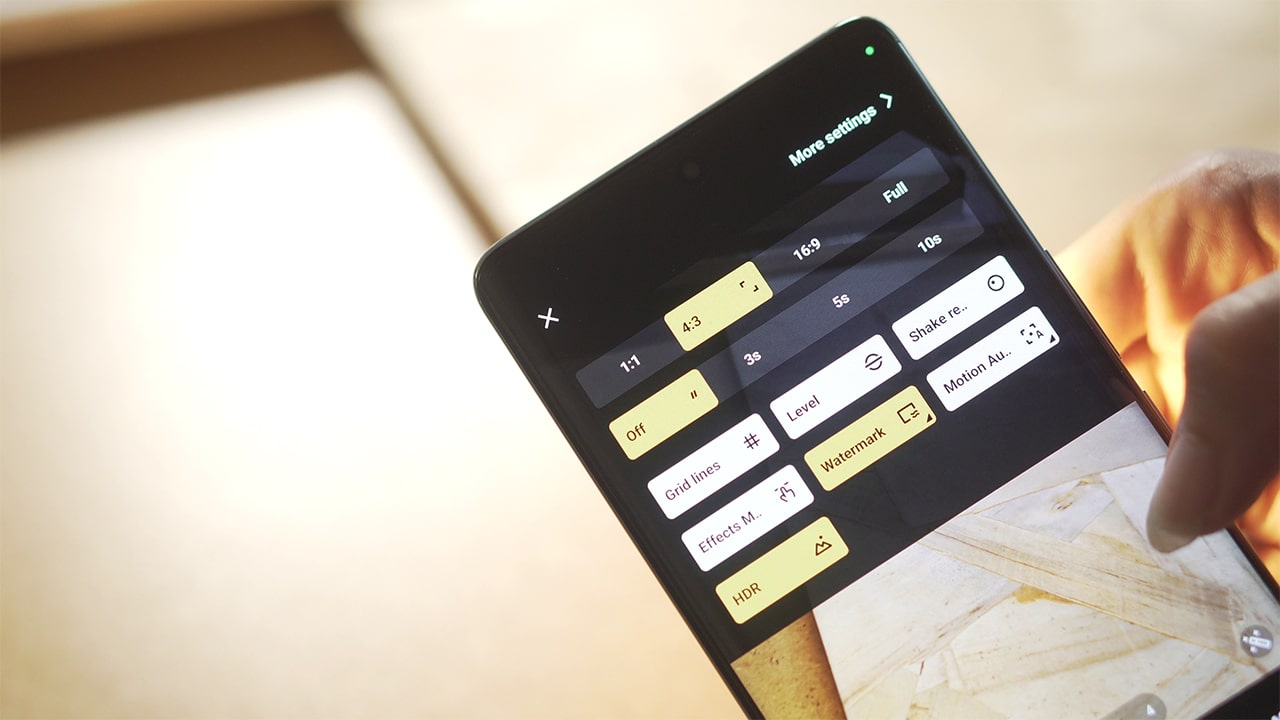
What will make you pick the vivo V30 Pro, in my opinion, are those Zeiss-exclusive features, good stabilization for both photo and video and its face-centric post-processing algorithms.

All in all, the vivo V30 Pro has great potential. Professionals will find a good array of features and capabilities within the device, more than the usual even, while casual users will enjoy capturing beautiful photos with ease.
Outside of photography, the vivo V30 Pro still proved to be a great all-around partner. Aside from its cameras, you’ve got specs worthy to get you through the daily grind. You’ve got a great display, a capable processor, and a long-lasting battery. And all that is wrapped in a thin, light, not to mention really pretty, IP54-rated body.



























